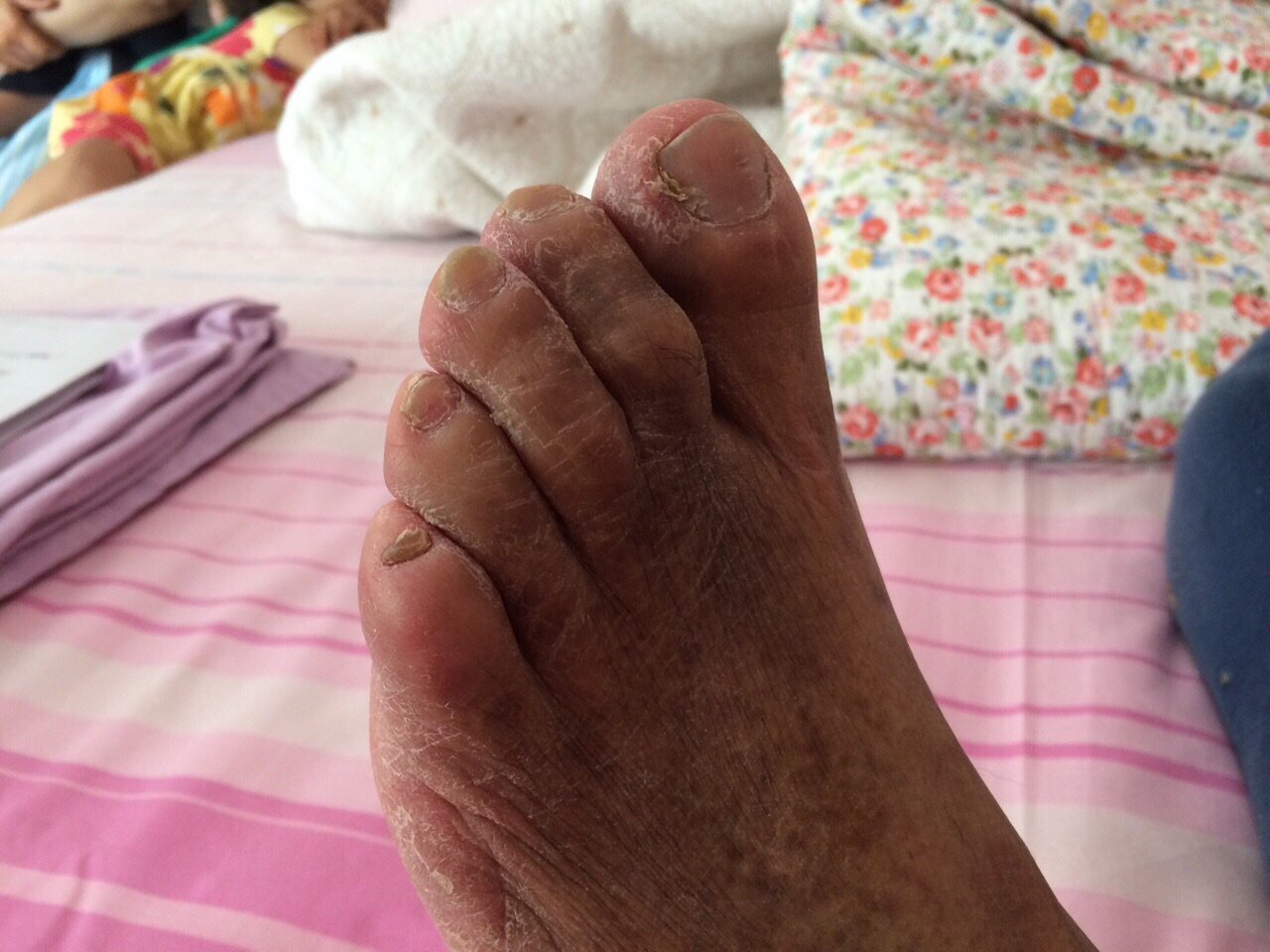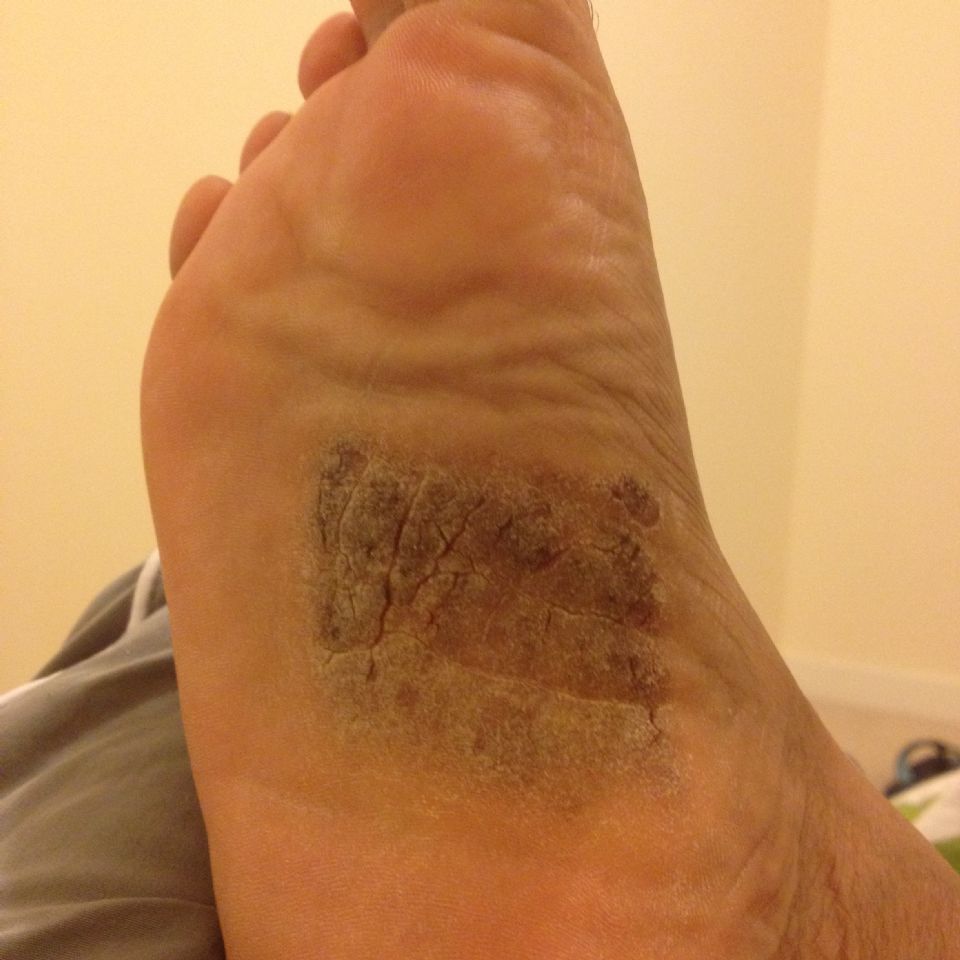
It helps to prevent and stabilize foot complications, such as ulcers and injury.
#Diabetic feet itch how to#
Gait training involves relearning how to walk. burning and tingling sensations in the legs and feetĮlectrical nerve stimulation is a painless type of physical therapy that might help to reduce feelings of stiffness and enhance the healing of foot ulcers.Physical therapy, used in combination with medications, might help relieve pain and reduce the risk of dependency on opioids. Topical lotions, compound creams, and some supplements, such as ALA or topical capsaicin, may also provide relief.Ĭapsaicin cream is available for purchase online. Opioid use can lead to dependency, so doctors should prescribe as low a dose as possible.Ī person with diabetic neuropathy might use other types of antidepressants, such as serotonin-norepinephrine inhibitors, to target other painful symptoms of diabetic neuropathy. opioids and nonopioid pain relief medication.Medicationsĭrugs that can help to manage pain include: People should also avoid or stop smoking and limit their alcohol intake to a maximum of one drink a day for women and two for men. A key part of treatment focuses on reducing pain and managing some of the symptoms.Ĭertain medications and types of physical therapy can help to control the pain of diabetic neuropathy, alongside other treatments. Managing glucose levels will minimize the risk of diabetic neuropathy. The first step for people with any type is to bring blood sugars within a target range agreed with a doctor and manage high blood pressure and cholesterol levels. Most types of diabetic neuropathy gets worse over time. People with diabetic neuropathy often do not realize they have it until the symptoms are more advanced. Focal neuropathy and cranial neuropathy can both lead to visual disturbances, such as double vision. Symptoms of focal neuropathy can vary widely, depending on the nerve affected. Proximal neuropathy can lead to pain in the lower body, often on one side, and weakness in the legs. significant drooping of the face and eyelids.dysesthesia, or a distorted sense of touch.

#Diabetic feet itch full#
feeling full after eating small amounts of food.hypoglycemic unawareness, in which a person does not feel the effects of low sugar levels.The effects of autonomic neuropathy include: As the infection progresses, gangrene can develop.Ĭlick here to find out more about peripheral neuropathy. When a person cannot feel heat, cold or injury, this can lead to new problems.įor example, a blister on the foot can become ulcerated because the person did not feel pain in the early stages. Peripheral neuropathy that affects the feet can make it difficult for a person to stand and walk. Charcot’s joint, in which a joint breaks down because of nerve issues, often in the feet.not being able to feel heat, cold, or physical injury.loss of muscle tone in the hands and feet.

numbness, pain, tingling, and burning sensations starting in the toes and fingers then continuing up the legs or arms.The symptoms of peripheral neuropathy include: Signs and symptoms will depend on which type of neuropathy and nerves it affects. Medications known to cause body and feet itchiness include opioids or narcotics, such as morphine sulfate, ACE inhibitors, and statins.The signs and symptoms of diabetic neuropathy usually take several years to appear. They can even be medications or topical ointments that you use to treat other conditions. pest infestations, such as lice or scabiesĪn irritant can be any substance that causes a reaction in or on your body.athlete’s foot, or tinea pedis (fungal infection).allergic contact dermatitis, which can be caused by something like new laundry detergent.
#Diabetic feet itch skin#
Skin conditions that cause the feet to itch include:



 0 kommentar(er)
0 kommentar(er)
